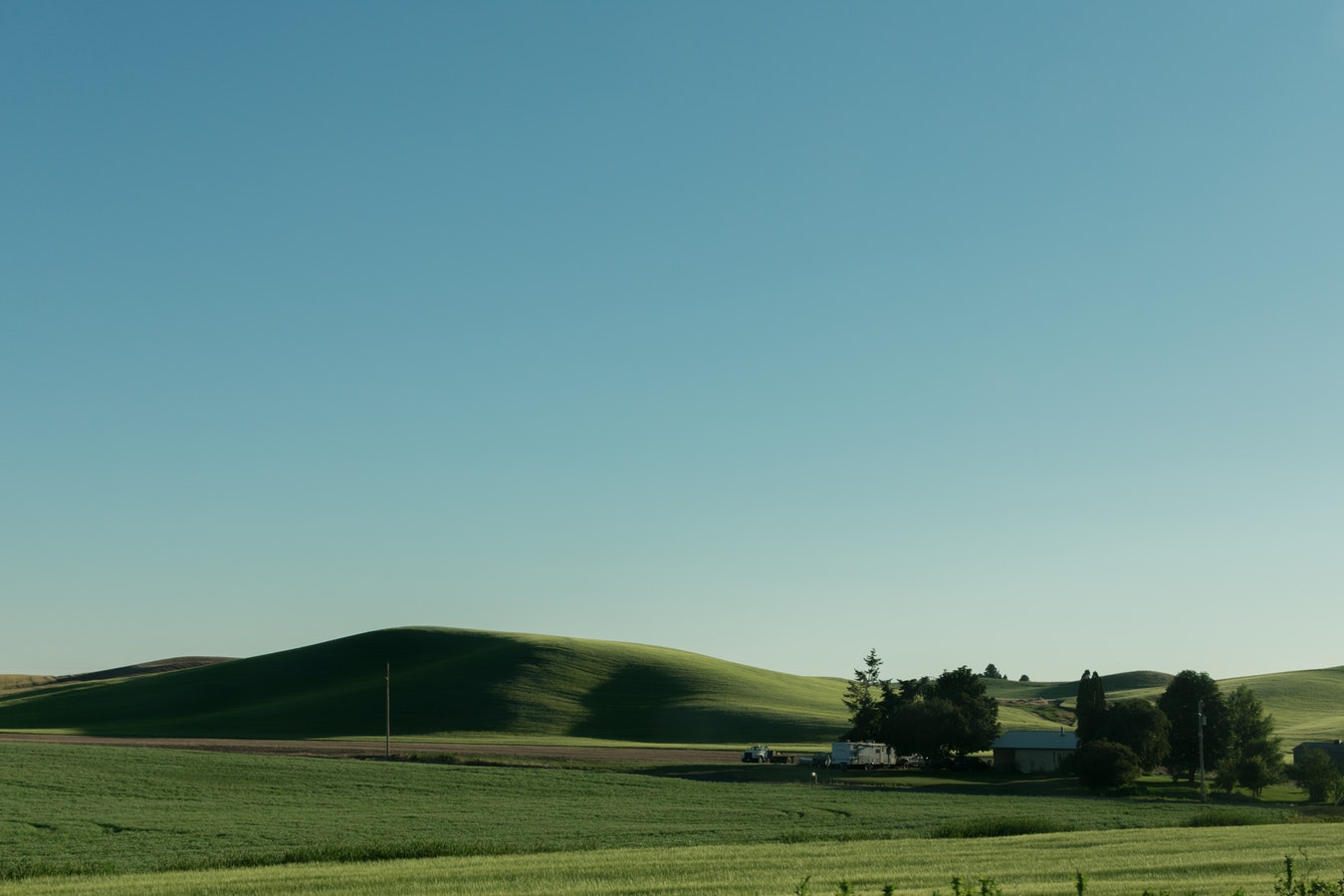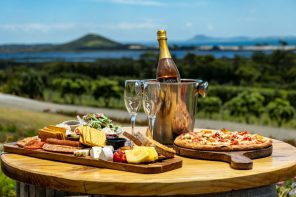It appears that paddock to plate, as a trend, is over. That’s not to say that diners no longer care about provenance, or where their food has come from – providing a story to go with the food has become so commonplace that it is unlikely to change any time soon.
For companies like Lee Fish, provenance is the brand. The company, based two hours north of Auckland, uses software called fTrace to give customers an insight into the processes behind the fish. Products that have an fTRACE code can be traced back to the individual batch. Customers can scan the code with their smartphone, which will then tell them When the fish was caught how the fish was caught, which species the fish is, where the fish is from and the name of the boat on which the fish was caught. While knowing these details adds little culinary value to the product, restaurant staff are often keen to point out that if the diner so desires, they can learn the name of the captain of the boat which caught their dinner.
Every supply chain has a story, and it’s up to the restaurant how (and if) they choose to share it. Using phrases like “grass-fed” for beef or identifying the breed, geographical origin or brand name can pique customers’ interest, giving a snapshot into the provenance without wasting valuable menu space or losing the attention of the customer. In the same way that the phrase ‘free range’ can reassure customers that they’re supporting sustainable business practice, reminding diners that what they’re about to eat can be traced back to ethical sources.
For example, Jervois Steak House, which has locations in Auckland and Queenstown, makes sure that customers are well aware of the history of their meat.
“We work with some of the world’s best meat suppliers,” they write on their website. “We’ve met the farmers. We’ve got our boots dirty traipsing their farms. We use the hottest broilers all in the name of the perfect steak.”
On the menus, each cut of meat comes with a story. Take this example, describing Wakanui. This brief phrase gives a history of the meat, as well as its characteristics.
“Wakanui cattle are grass fed initially then finished on grain for the last 70 to 90 days. Like the grass-fed equivalent, it has characteristic fat marbling running through the muscle but due to being grain fed the marbling is much greater and more intense throughout.”
Aside from meat, products like cheese also rely heavily on story and provenance. Certain history and traditions, handed down from generation to generation of cheese makers, mean that authentic European cheese has a stronger story behind it. A stronger story and a guarantee of quality mean that customers are willing to pay a higher price for the product. The same goes for vegetables, with locally grown produce heavily favoured and imported fruit and vegetables bound to raise an eyebrow, considering New Zealand’s horticultural reputation.
‘Paddock to plate’ has developed into the ‘locavore’ movement, where restaurants set geographical limits on how far away from their restaurant they want their ingredients to come from. 50 Bistro, in Christchurch’s George Hotel, is one such example, with chef Antony Page converting the menu to be hyper-local. Page wants to use only products found within a 50-kilometre radius of the restaurant – roughly marked by Rakaia to the south, Oxford to the west and Waipara to the north. Now, provenance must not only be made known – it must also be physically close.






